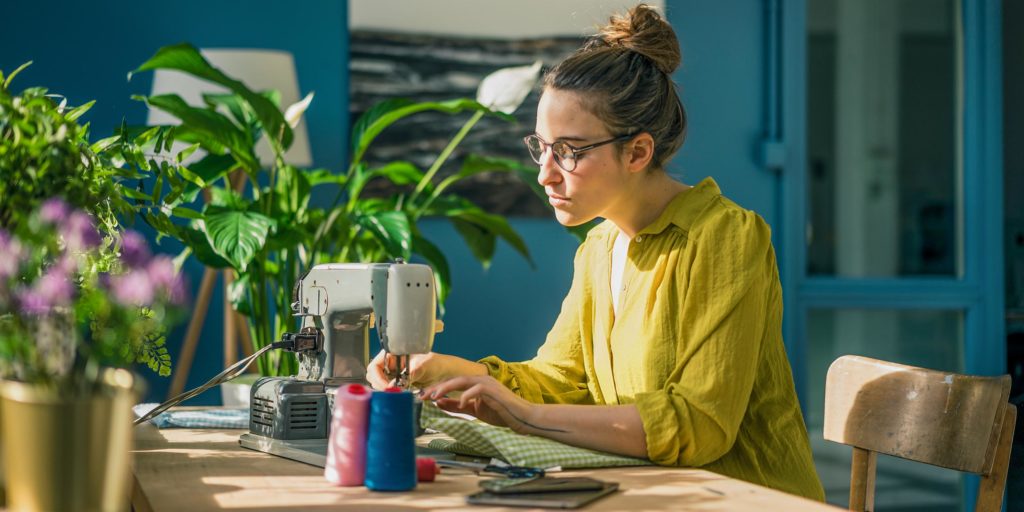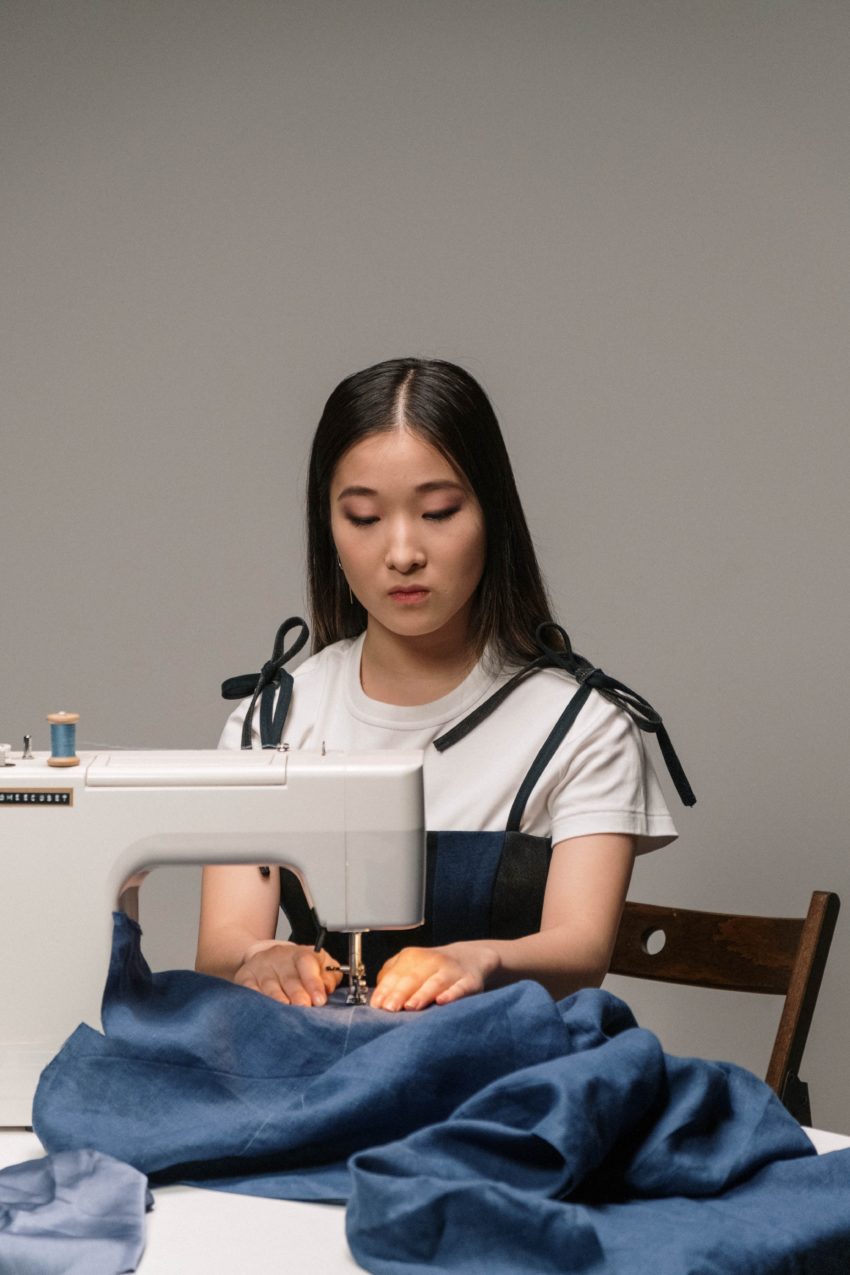Sewing machines usually have knobs on the front that let you adjust the length and type of stitch. You can choose between long or narrow stitches, or a combination of both. To get started, you can practice sewing small napkins. Then, move on to larger projects. This article will teach you how to use your machine and the tools and accessories you can use to create different types and types of sewing projects.
When you’re ready to sew, make sure the top thread is threaded and the bobbin is placed below
When you’re ready to sew, make sure the top thread is threaded and the bobbin is placed below the main arm of the machine. Make sure you have both the right threads and you have two threads. The needle will be brought down and back up by the hand wheel, so make sure you twist it towards you when threading. Next, thread your needle with the included needle.
When you’re ready to sew, make sure the top thread is threaded and the bobbin
To set up your machine, you need to locate the power switch on the sewing machine. This switch is usually located near your foot pedal. You can also refer to the manual to check that your machine is working properly. To avoid accidentally hitting the needle, your hands should be kept away from the needle plate. Once you have the presser foot in position, check the settings to ensure they are correct.
Then, set the seam allowance. The seam allowance refers to the space between the edge and the stitching lines. For seaming, you should leave at least 1 inch of fabric. Use a ruler to measure the allowance, and mark it on the throat plate of the sewing machine. You can also use masking tape to mark your plate. That way, you won’t have to worry about threading both needles.

It is important to know how to properly use a best embroidery machine for beginners before you start using it. If you have a new sewing machine, it’s important to read the user’s guide so that you can get started right away. Some models include accessories, such as specialty feet. These accessories do not include instructions, but there are photos that show what each foot can achieve. A guide will help you understand the functions of each foot on your Bernina sewing machine.
Beginners should also learn how to thread the machine. A beginner should thread the needle and place the shuttle under a bobbin. A handwheel is most commonly used, but some machines have built in needle threaders. A manual will walk you through the steps, from threading the needle to placing the presser foot. A beginner can then choose a fabric to sew. Once the thread is in place, the next step is to raise the presser foot lever. The lever will be located on the backside the presser foot. A manual will help you to locate it.
If you have a new sewing machine, it’s important to read the user’s guide so that you can get started right
The thread guide and the bobbin. These are two thread sources that you have in your machine. The top thread is in the top thread spool, while the lower thread is stored in the bobbin. The bobbin can be found above the spool pin to the right and the bobbin winder. The bobbin winder has a guide that directs the thread from the thread spool to the bobbin. This is, depending on your machine’s settings, the source of your thread.
Threading the machine. Once the thread has been threaded, the needle needs to be brought to the upper thread guide. The thread should be guided through the tension disc and up to the second guide at the top. The needle may have a manual handwheel that you can use to manually raise it. Use the hand wheel to insert the thread into the machine from the front to back. Then, return the thread to the machine with the handwheel.
When sewing, ensure that the fabric is placed under the presserfoot. You can use a fabric support in front of or behind the presser foot to keep it in place. Turning corners is an important step, but you should avoid doing it too often. If the fabric isn’t positioned correctly, it can cause a break in the thread. To do this, elevate your foot and turn the fabric in another direction while you continue sewing.
